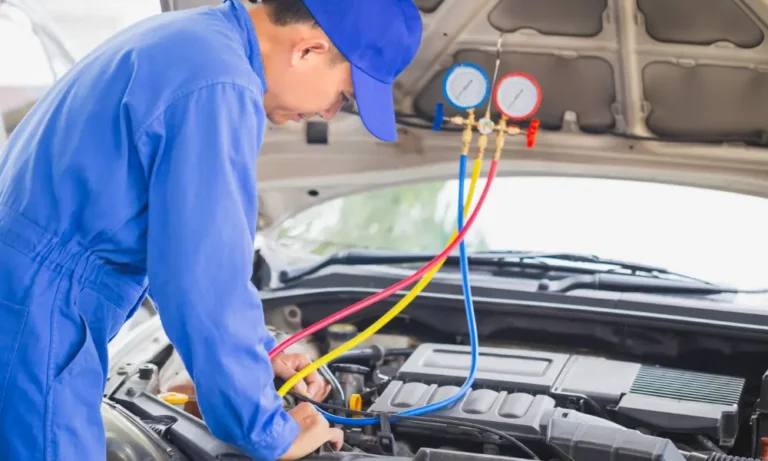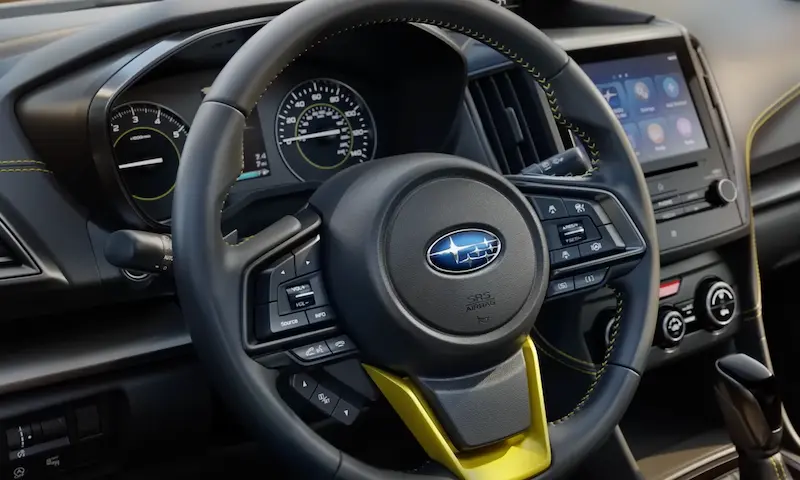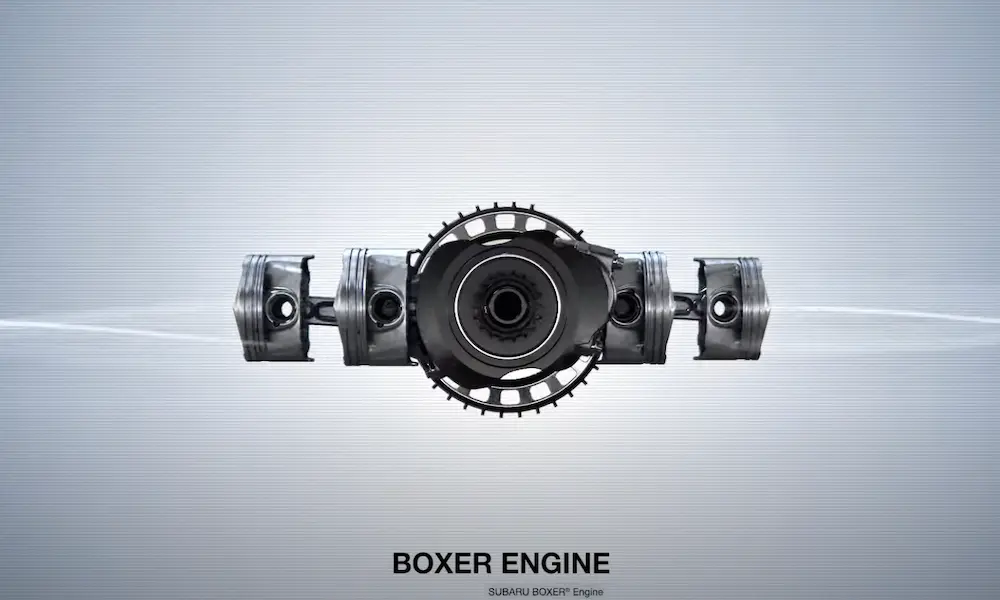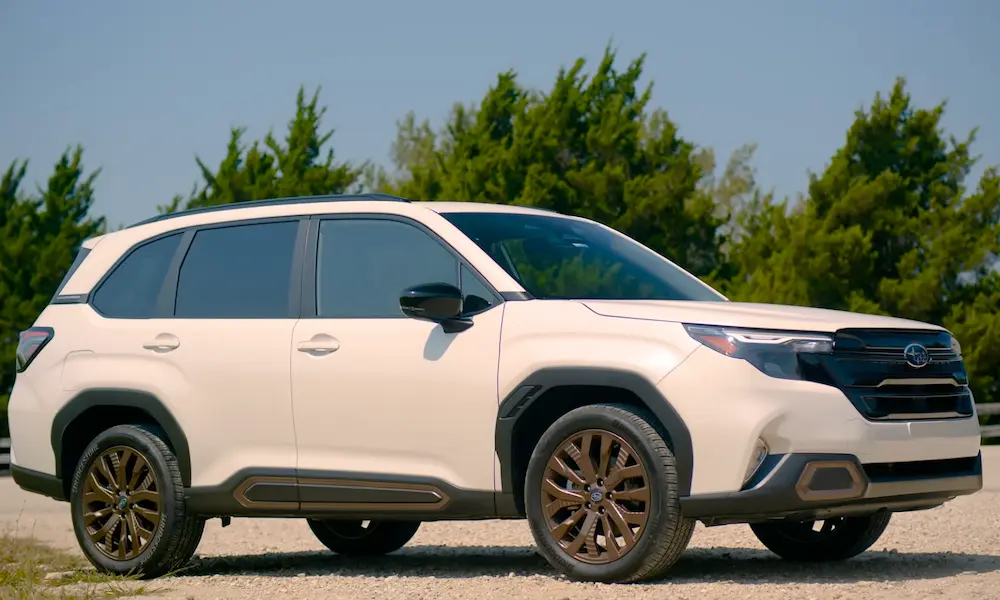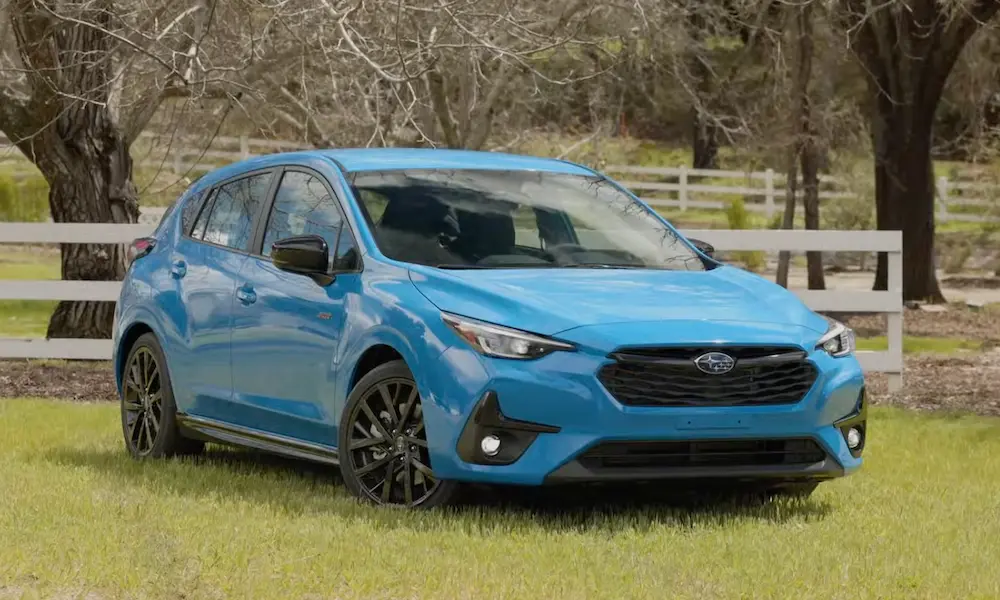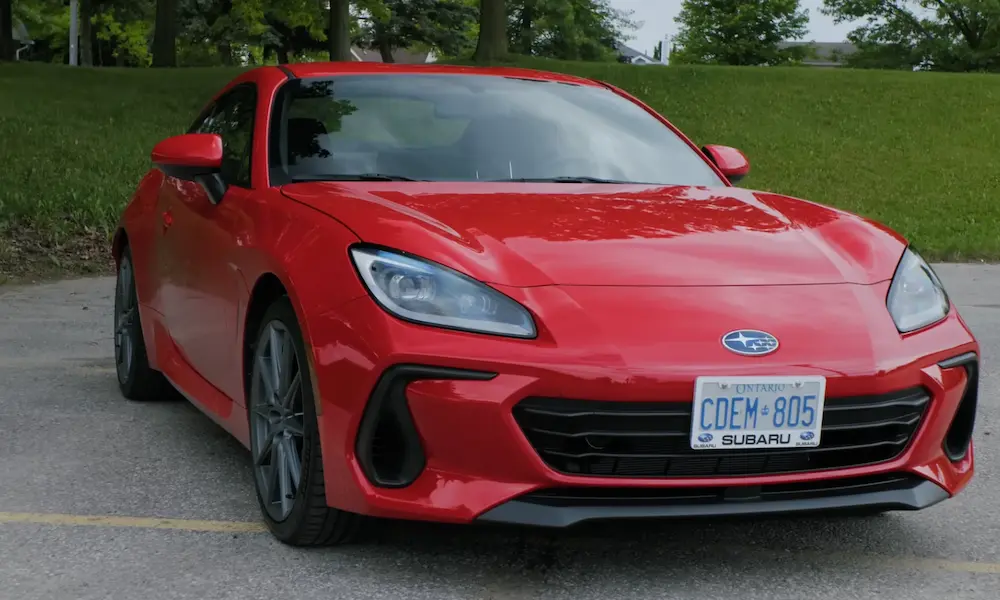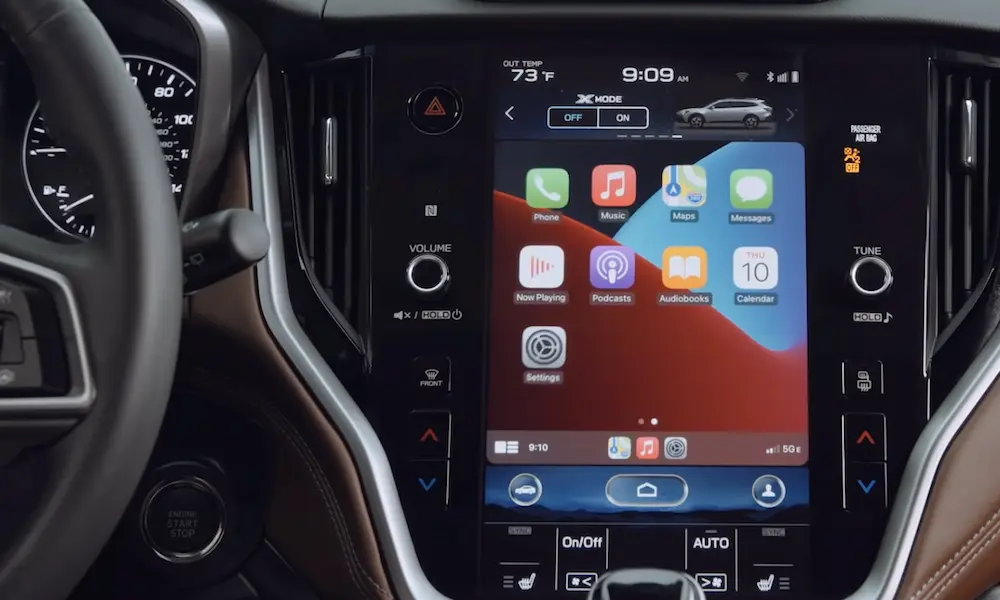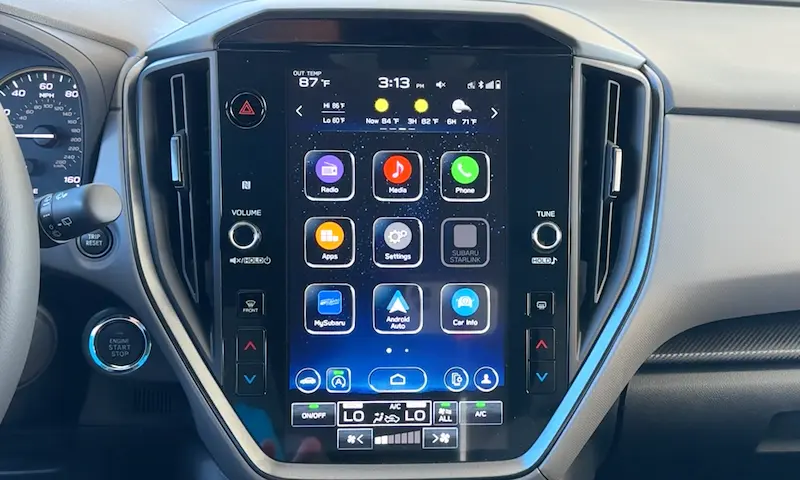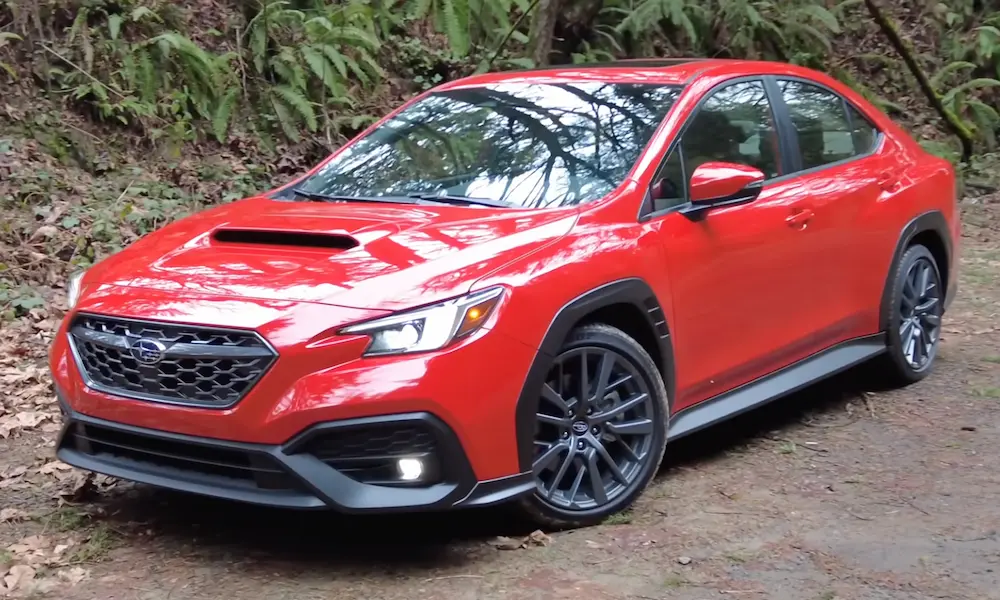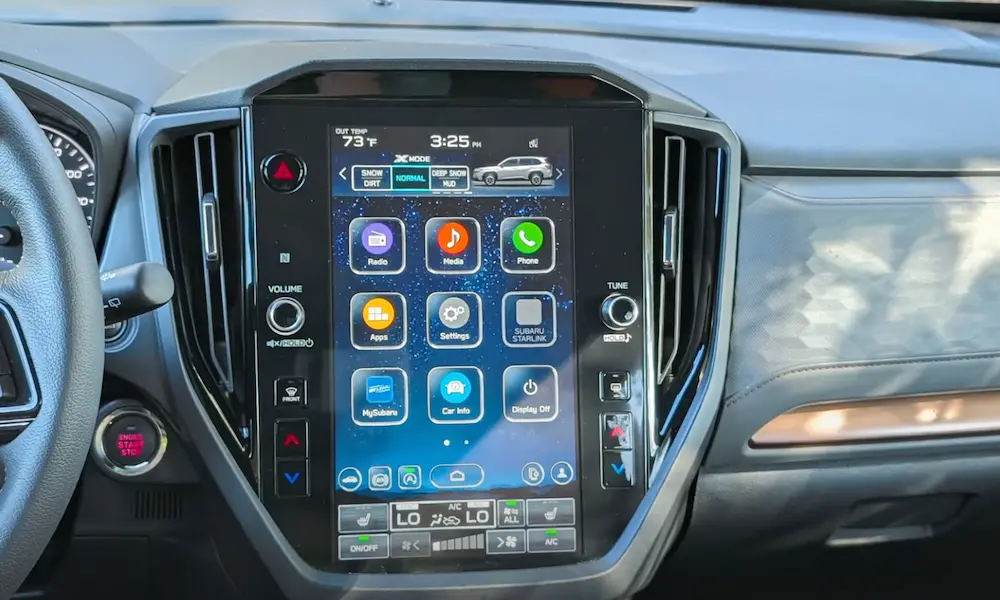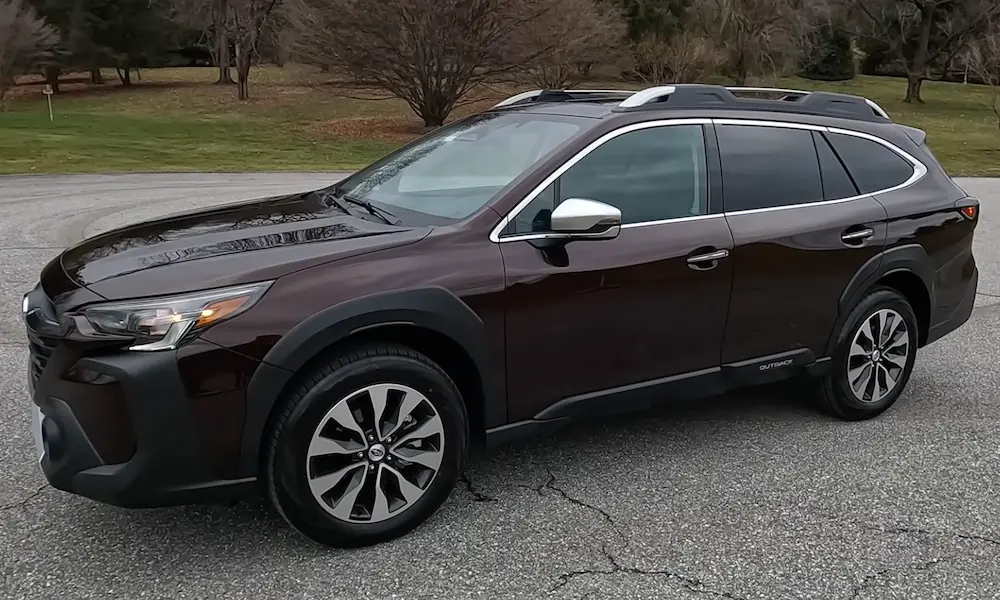Your Subaru’s reliable in snow, rain, and mud—but when the AC stops blowing cold on a scorching summer day, that legendary reliability suddenly feels like a myth. Whether you’re driving a Forester, Outback, or Crosstrek, Subaru AC issues are more common than you might think. But don’t sweat it! This guide breaks down the most frequent problems and shows you exactly how to diagnose and fix them.
Why Do Subaru AC Systems Fail So Often?
Subaru air conditioning systems fail more frequently than those in many competitor vehicles for several key reasons:
- Vulnerable condenser placement – Subarus position their condensers 12-15% closer to the road than competitors, making them prime targets for rocks and debris
- Leak-prone components – Critical joints between aluminum and rubber parts create weak points
- Design compromises – Subaru’s focus on AWD engineering sometimes means less attention to climate control robustness
According to dealership records, AC repairs make up nearly 20% of all non-routine Subaru service visits during summer months, with refrigerant leaks accounting for 42% of these issues.
The Most Common Subaru AC Problems
1. Refrigerant Leaks
The number one culprit behind your Subaru’s lukewarm air is refrigerant leakage. These leaks commonly occur in three places:
Discharge Hose Connections The crimped connections between aluminum tubes and rubber hoses develop tiny stress fractures over time. These microfractures get worse with each hot-cold cycle your car experiences. Forensic analysis of failed hoses reveals that the metal ferrules corrode at the connection points, creating perfect escape routes for your refrigerant.
Condenser Damage Your Subaru’s front-mounted condenser is essentially a battlefield, constantly under attack from:
- Road debris and stone strikes
- Salt and environmental corrosion
- Vibration and metal fatigue
The 2017-2019 Foresters and Outbacks were particularly prone to condenser issues, with failure rates 3.2 times higher than comparable Toyota models. Subaru even issued a service bulletin (WRB-21R) acknowledging manufacturing flaws in these condensers.
Evaporator Core Problems If your AC blows cold initially but gradually warms up, your evaporator core might be leaking. This part sits inside your dashboard and uses mixed materials (aluminum and copper) that expand and contract at different rates. Over time, this creates micro-fractures at the joints.
2. Compressor Failures
The heart of your AC system is the compressor—and Subaru’s variable displacement compressors (especially in 2014-2022 models) have several common failure points:
Electromagnetic Clutch Issues The compressor clutch engages and disengages to regulate cooling. When it fails, you’ll notice:
- Intermittent cooling
- Unusual clicking or grinding noises
- Complete loss of cold air
In coastal areas, these clutches fail 78% more frequently due to salt exposure degrading the electromagnetic components.
Shaft Seal Leakage Your compressor’s shaft seal typically wears out between 60,000-80,000 miles. As it degrades, it allows refrigerant and oil to escape at rates up to 0.5 ounces per month. Many owners notice their AC works fine on short drives but gets progressively warmer during longer trips—a classic sign of this issue.
Swash Plate Wear Inside your variable displacement compressor is a swash plate that controls refrigerant flow. The polymer coating on this part can wear away, leading to metal-on-metal contact that creates:
- Buzzing or whining noises
- Reduced cooling capacity
- Complete compressor failure
This issue was so common that Subaru released Technical Service Bulletin 15-209-17 addressing the problem.
3. Electrical System Failures
Modern Subaru AC systems rely heavily on electronics, creating several potential failure points:
Blend Door Actuator Malfunctions These small motors control airflow direction and temperature. They commonly fail in three ways:
- Stripped gears – The nylon gears lose 42% of their strength after years of temperature cycling
- Position sensor drift – Hall-effect sensors misread the door position by up to 12 degrees
- Signal interference – Electrical noise from other components can fry the control circuits
When these actuators fail, you’ll hear clicking sounds from your dashboard, or experience temperature inconsistencies between vents.
Control Module Issues The 2024 Crosstrek has gained attention for intermittent AC failures caused by communication errors between the climate control module and engine control module. These CAN-bus errors cause the system to shut down the compressor unnecessarily.
How To Diagnose Your Subaru’s AC Problem
Before heading to the dealer, try these diagnostic steps to identify your issue:
1. Check for Simple Causes First
Inspect your cabin filter A clogged cabin filter reduces airflow to your evaporator, making your AC work harder and fail faster. These filters get dirty quickly in dusty or polluted environments:
| Driving Environment | Filter Replacement Schedule |
|---|---|
| Urban/Highway | Every 12,000 miles |
| Rural/Gravel Roads | Every 8,000 miles |
| Winter/Road Salt | Every 10,000 miles |
A dirty filter forces your compressor to maintain 18-22% higher pressure to achieve the same cooling, dramatically shortening its lifespan.
Check refrigerant levels While you’ll need special tools to measure exact pressure, you can get clues from your AC’s behavior:
- System cycles on/off rapidly = potential overcharge
- Weak airflow but cold temperature = potential undercharge
- Cold air initially that quickly warms = likely low refrigerant
2. Perform a Visual Inspection
Look for these telltale signs:
Oil stains around components Any refrigerant leak will usually carry some compressor oil with it, leaving a residue. Check:
- Around hose connections
- On the condenser (front of radiator)
- Under the compressor
Condenser damage Examine the front-facing condenser for:
- Bent fins
- Impact damage
- Corrosion spots
- Debris buildup
Even small damage can reduce efficiency by up to 31% over 50,000 miles of driving.
3. Listen for Telling Sounds
Your Subaru’s AC will talk to you through specific noises:
- Clicking from the dash = Blend door actuator issue
- Clicking from the engine bay = Compressor clutch problem
- Buzzing/grinding when AC is on = Internal compressor damage
- Hissing near components = Active refrigerant leak
DIY Fixes for Common Subaru AC Problems
While some AC repairs require professional tools, there are several fixes you can handle yourself:
1. Cabin Filter Replacement
Replacing your cabin filter is simple and can dramatically improve AC performance:
- Open your glovebox and remove the dampener clip
- Squeeze the sides of the glovebox to release it
- Remove the filter cover behind the glovebox
- Pull out the old filter noting its orientation
- Install the new filter in the same orientation
- Reassemble in reverse order
This $15-25 part replacement can improve airflow by up to 40% in a heavily clogged system.
2. Condenser Cleaning
Dirt, bugs, and debris on your condenser act as insulation, reducing its ability to release heat. Clean it by:
- Spraying with garden hose from back to front (engine side toward front)
- For stubborn debris, use a soft brush with mild soap
- Rinse thoroughly and allow to dry
- Consider installing aftermarket condenser guards to prevent future damage
A clean condenser can improve cooling efficiency by 15-20% without any other changes to your system.
3. Recharge System (Temporary Fix)
While not addressing underlying leaks, a DIY recharge can get you cool air temporarily:
- Purchase a refrigerant recharge kit with sealant (R-134a for older models, R-1234yf for newer ones)
- Locate the low-pressure service port (usually has a blue cap)
- Start engine and turn AC to maximum
- Connect gauge and follow kit instructions for adding refrigerant
- Add until pressure reading matches specifications
Be careful not to overcharge, as this can damage your compressor. This fix typically lasts 1-6 months depending on the size of your leak.
4. Apply Stop-Leak Products
For small, slow leaks, refrigerant stop-leak products can buy you time:
- Purchase an AC stop-leak kit compatible with your refrigerant type
- Connect to the low-pressure service port
- Add according to instructions
- Run AC for 15-20 minutes to circulate the sealant
These products work best on tiny rubber and O-ring leaks, not major mechanical failures. Success rates are about 60-70% for minor leaks.
Professional Repairs and Their Costs
When DIY fixes aren’t enough, here’s what to expect from professional repairs:
1. System Leak Testing
A proper diagnosis involves:
- Electronic leak detection
- UV dye testing
- Pressure testing
Cost: $100-200 diagnostic fee (often applied to subsequent repairs)
2. Component Replacement
| Component | Replacement Cost | Common in Models |
|---|---|---|
| Compressor | $800-1,200 | 2014-2016 models especially prone |
| Condenser | $500-900 | 2017-2019 Forester/Outback |
| Evaporator | $900-1,500 | Labor-intensive dashboard removal |
| Hoses/Lines | $300-600 | All models, especially over 60k miles |
| Blend Door Actuator | $350-550 | Models with dual-zone climate control |
Many Subaru owners report successfully negotiating repairs with dealers even out of warranty due to the known issues with these systems.
3. Complete System Service
For severe or multiple failures, a complete service includes:
- System evacuation and vacuum
- Component replacement
- Flushing all lines
- Replacing receiver/drier
- Adding correct oil quantity
- Proper refrigerant charge
Cost: $1,200-2,200 depending on components needed
Preventative Maintenance to Avoid Future Problems
Keep your Subaru’s AC running properly with these preventative steps:
1. Regular System Usage
Run your AC system for at least 10 minutes weekly, even in winter. This:
- Circulates oil through the compressor
- Maintains seal lubrication
- Prevents rubber components from drying out
- Reduces mold growth on the evaporator
2. Annual System Checks
Have your system professionally checked yearly:
- Pressure test to identify developing leaks
- Performance test (vent temperatures should be 38-45°F)
- Visual inspection of components
- Condenser cleaning
Cost: $100-150 for basic inspection and service
3. Model-Specific Preventative Upgrades
| Subaru Model | Known Issues | Preventative Service |
|---|---|---|
| 2014-2016 Forester | Compressor clutch failures | Upgraded clutch kit installation |
| 2017-2019 Outback | Condenser corrosion | Protective coating application |
| 2018-2022 models | Control module issues | Software update from dealer |
| All models | Debris damage | Aftermarket condenser guards |
These preventative services typically cost $200-400 but can save thousands in emergency repairs.
Check for Recalls and TSBs
Subaru has issued numerous Technical Service Bulletins (TSBs) and recalls for AC-related issues:
- 2017-2018 Forester condenser corrosion (WRB-21R)
- 2014-2016 compressor failures (TSB 15-209-17)
- 2024 Crosstrek control module issues (TSB 07-157-23R)
Check if your vehicle qualifies for free repairs by:
- Visiting Subaru’s recall page
- Entering your VIN number
- Checking for open recalls or service campaigns
Many owners have had complete systems replaced at no cost under these programs.
Upgrading Your Subaru’s AC System
If you’ve had repeated failures, consider these system upgrades:
- High-efficiency compressors – Aftermarket units from Sanden or Denso often outperform OEM parts
- All-aluminum condensers – Less prone to corrosion than OEM designs
- Electronically controlled expansion valves – More precise cooling than standard thermal valves
- Supplemental cooling fans – Help prevent high-pressure shutdowns in traffic
These upgrades cost $300-600 above standard repair prices but can significantly extend system life.
The Subaru AC Experience: What Owners Say
Gathering experiences from Subaru forums, the consensus shows:
- 60% of owners report at least one major AC repair before 100,000 miles
- Coastal and hot-climate owners experience 30% more failures
- Preventative maintenance reduces failure rates by about 40%
- Newer models (2020+) show some improvement in reliability
The good news? Most owners who properly maintain their systems after the first repair report few subsequent issues.
Is Your Subaru Still Under Warranty?
Before paying for repairs, check your coverage:
- New Vehicle Limited Warranty: 3 years/36,000 miles (covers all AC components)
- Powertrain Warranty: 5 years/60,000 miles (rarely covers AC)
- Extended Warranties: Often cover major AC components
- Certified Pre-Owned: Typically includes remaining factory warranty plus 7 years/100,000 miles powertrain
Even outside warranty, many dealers will goodwill repairs for known issues if you have service history with them.
Making Your Subaru’s AC Last Longer
These simple habits dramatically extend AC life:
- Park in shade when possible to reduce system stress
- Use window tint to reduce heat load (legal limits vary by state)
- Open windows briefly before using AC on hot days
- Set temperature to moderate levels (not max cold)
- Replace cabin filter on schedule
Following these practices can extend system life by up to 40% according to dealer service data.
Get Your Subaru Blowing Cold Again
Subaru air conditioning problems may be common, but they’re also predictable and often preventable. Whether you’re handling a quick recharge yourself or seeking professional help for a major repair, understanding the unique challenges of these systems helps you make informed decisions.
Remember that proper maintenance is your best defense against the sweltering summer heat. Your Subaru is built to handle tough conditions—and with the right care, its AC system can keep you comfortable for many miles to come.

